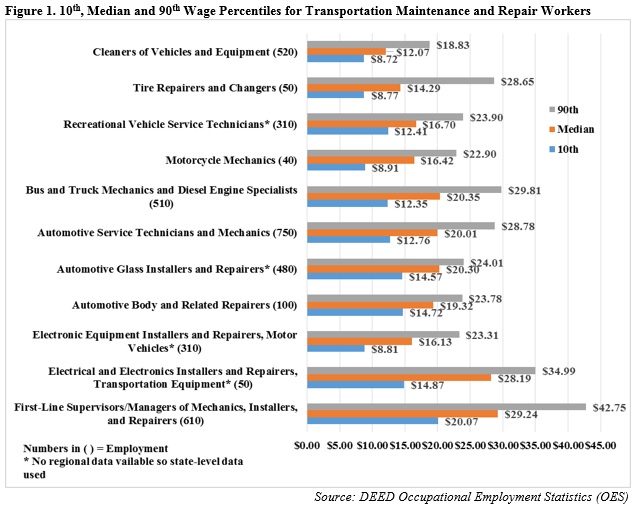 Southeast Minnesota is a health care and agricultural powerhouse. The region is home to the renowned Mayo Clinic and some of the world's most recognized food companies and brands.
Southeast Minnesota is a health care and agricultural powerhouse. The region is home to the renowned Mayo Clinic and some of the world's most recognized food companies and brands.
Advanced manufacturing is especially strong here, with machinery, chemicals, and electronics among the top products.
Want the freshest data delivered by email? Subscribe to our regional newsletters.
5/17/2017 9:47:04 AM
In a recent press release from Explore Minnesota Tourism, director John Edman says, “Based on industry results, I’m optimistic about the upcoming summer season. Consumers are feeling good about the economy and spending once again this year, and Minnesota is an affordable destination and a close-to-home getaway for our target markets.”
While the summer months usually are a boon for the leisure and hospitality industry, another group of occupations play a critical role in peoples’ ability to take advantage of all that Southeast Minnesota has to offer – occupations which repair and maintain vehicles that residents use to travel.
As seen in Figure 1, the wages for the various occupations in this category vary quite a bit with starting wages ranging from $8.72 for vehicle and equipment cleaners to $20.07 for first-line supervisors of mechanics, installers and repairers. Median wages range from a low of $12.07 to $29.25 for the same two occupations. Unfortunately, only one of the positions have a starting wage that exceeds the hourly wage needed to meet the basic cost of living needs for the typical family (two adults – one working full-time and the other part-time – with one child), which currently stands at $15.52. However, only two of the occupations – vehicle and equipment cleaners and tire repairers and changers – pay median wages lower than that needed to meet cost of living needs.

The fact that all but two of the jobs have median wages above the cost of living threshold is a positive sign for job seekers. In addition, only nine percent of the current vacancies for vehicle and mobile equipment mechanics, installers and repairers are part-time, according to DEED’s Job Vacancy Survey (Table 1). This equals only about four of the 41 current vacancies for these positions in the Southeast region. Specifically, only about one-fifth of the vacancies for automotive service technicians and mechanics are part-time, while none of the vacancies for bus and truck mechanics and diesel engine specialists are part-time. (Data on specific occupations in vehicle and mobile equipment mechanics, installers and repairers was limited to these two occupations). None of the current vacancies are temporary or seasonal. The implication for job seekers is that they can reasonably expect to earn livable wages and gain full-time, year-round employment in these occupations.

Despite the promising nature of jobs in this area, not all is rosy in regard to current demand. As seen in Table 2, only two occupations rank in the top 100 occupations in demand: automotive service technicians and bus and truck mechanics and diesel engine specialists. And only two more of these occupations landed within the top 200; the remaining ranked in lower categories of demand.
While some of these occupations may not be in high demand that is not meant to deter job seekers from pursuing them. Job seekers could include more than one career pathway in their education and career planning. For example, a person with a passion for motorcycles could supplement their education in automotive service and repair with training or a credential in motorcycle mechanics. Then when a position as a motorcycle mechanic opens, they will be competitive.

To sum up, jobs in the vehicle and mobile equipment mechanics, installation and repair occupational group may be a suitable career option, offering decent wages, full-time and permanent work opportunities, as well as opportunities to expand into other areas of the field.
Contact Mark Schultz.